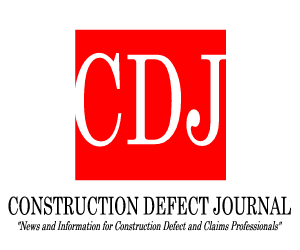
General contractors walk a fine line when balancing their relationships with owners and subcontractors in order to effectively deliver projects on time and within budget.
The success of general contractors in completing a construction project is often dependent upon the performance of their subcontractors. General contractors have frequently said exactly this. Traditionally, the key subcontractors on a project are the electrical, plumbing, HVAC and structural steel subs. Due to the fundamental nature of the work performed by these trades, the risk of defaulting and terminating one or more of them is likely to have a substantial impact on the project, more so than with the trade contractors that perform their work after a building is made weather tight (i.e., drywall, tile, painting).
Most general contractors have, over a period of years, established longstanding relationships with certain subcontractors that they have come to depend upon. The risk of having to default and terminate one of these subs is minimal. Nevertheless, there will inevitably arise occasions when even a once reliable subcontractor fails to perform and it becomes necessary to invoke the remedies of default and termination. Areas ripe for controversy with subcontractors that often can lead to default and termination often involve disputes over change orders and the scope of work, the installation of defective work and the back-charges that ensue therefrom, and, to a lesser extent, conflicts that arise from ambiguous plans and specifications and the extra work and delays caused by the discovery of unforeseen site conditions.
Mr. Onorata may be contacted at gonorata@pecklaw.com




